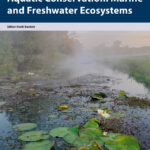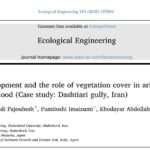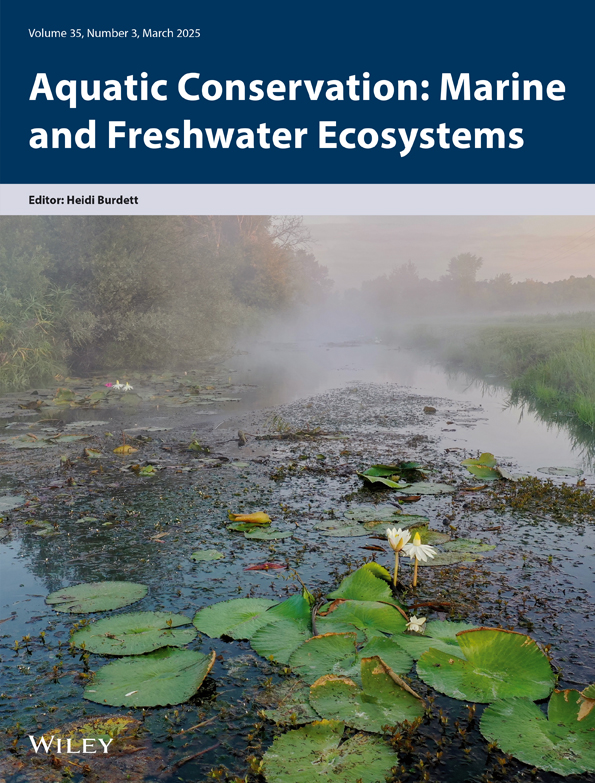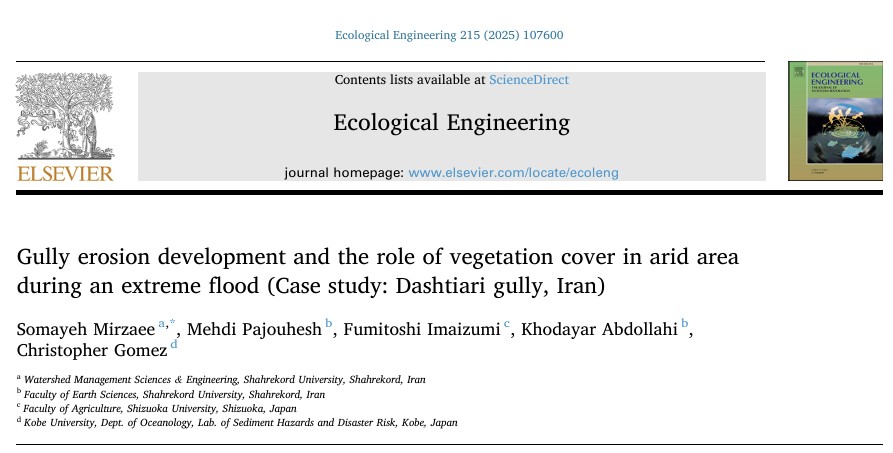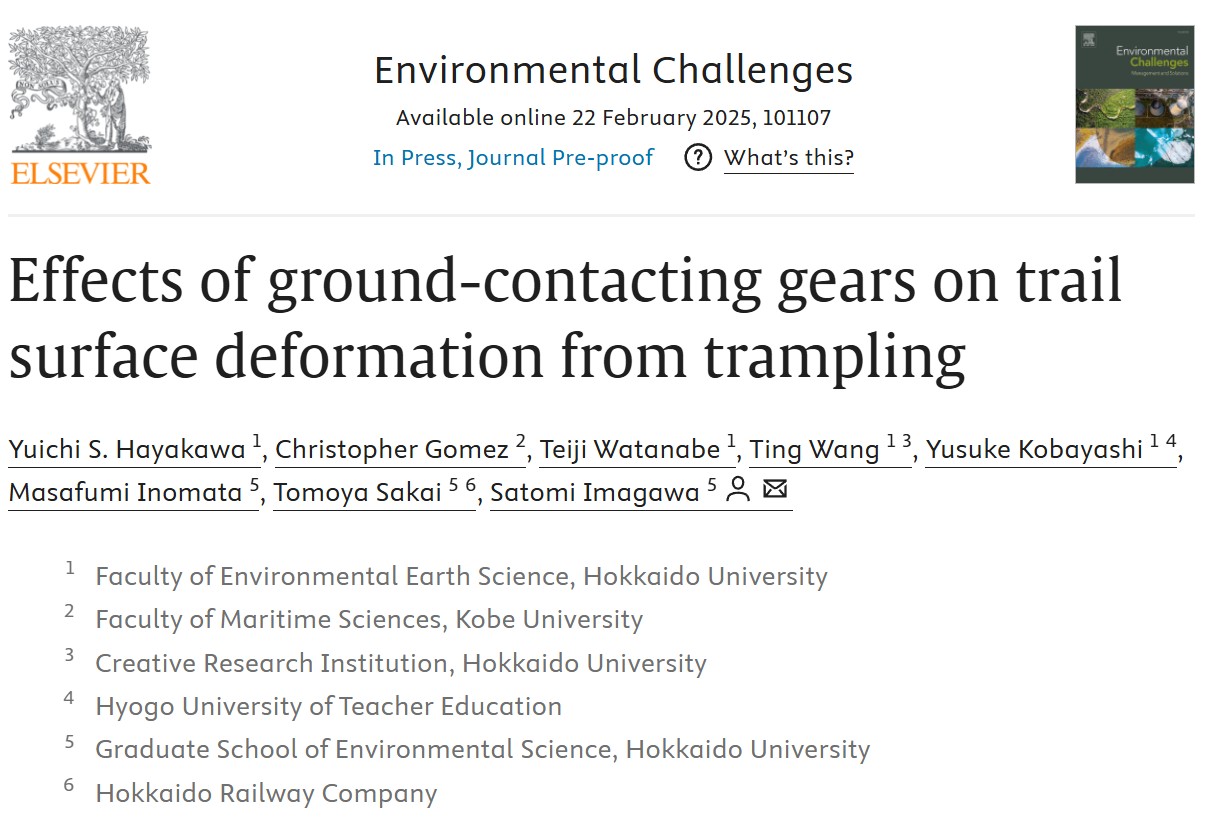Sho Sawada, Christopher Gomez and Takashi Koi. 2025. Volcanic Pumice Rafts at Sea: Buoyancy and Infiltration with Micro-particles. Forum Geografi. https://journals2.ums.ac.id/index.php/fg/article/view/7463/2642
Pumice, characterised by its high vesicularity, oftenforms pumice rafts as it floats on water. Although the vast majority of research has focused on understanding the behavior of pumice rafts, studies on the water infiltration properties of pumice remain scarce. Moreover, the influence of underwater particles, such as microplastics in the ocean, on water infiltration through the pores of pumiceous materials is still unclear. Therefore, this study investigates the water infiltration properties of pumice mate-rials and their behavior in different aqueous environments through laboratory experiments using pumiceous rocks (En-a, originating from Mount Eniwa) from the 2018 Hokkaido Eastern Iburi earthquake site. Experiments were conducted in both still and slurry water conditions to examine the effects of particle size and sediment concentration on water infiltration rates. Results showed that density variations follow a two-phase pattern: a rapid initial increase (+0.43 g/cm³ and 0.3931 g/cm³ in the first 30s for small and large pumice, respectively) followed by a plateau phase (+0.022 g/cm³ and 0.0197 g/cm³ in the next 60s). Statistical analysis revealed significant differences in infiltration rates based on particle size in still water conditions, with smaller pumices showing more heterogeneous infiltrationpathways. While sediment presence in slurry conditions did not significantly affect overall infiltrationrates, it led to more stable data dispersion, particularly in larger samples. The study also pro-poses a statistical framework for modeling pumice behavior, incorporating parameters such as ve-sicularity, particle concentration, and temperature. These findings suggest that current pumice raft models need refinement to account for size-dependent infiltration behaviors and the influence of underwater parti-cles, with implications for understanding the transport and environmental impact of pumice rafts in marine environments.

